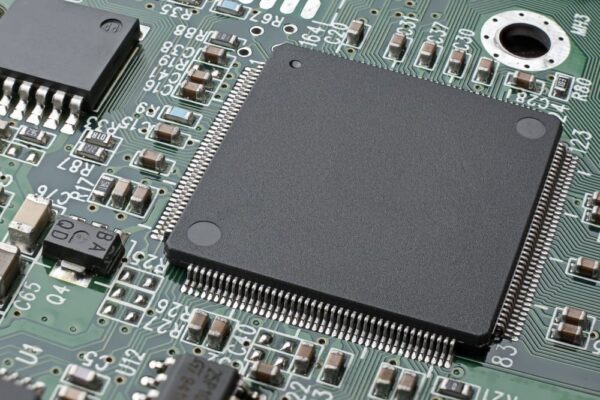SMT can have two very common meanings, depending on the context. Here’s the complete information on both:
1. Surface Mount Technology (SMT):
- Full Form: Surface Mount Technology
- Description: A method of mounting electrical components directly onto the surface of a printed circuit board (PCB) instead of using leads that pass through holes in the board.
- Components: Surface-mount devices (SMDs) are smaller and lighter than traditional through-hole components, allowing for more components to be packed onto a smaller board.
- Advantages: Enables higher density circuits, faster production, lower cost, better quality, and improved performance.
- Applications: Used in virtually all modern electronic devices, from smartphones and computers to cars and TVs.

2. Simultaneous Multithreading (SMT):
- Full Form: Simultaneous Multithreading
- Description: A technology that allows a single processor core to process multiple threads simultaneously.
- Process: Each thread shares the core’s resources, improving efficiency and performance for multithreaded applications.
- Benefits: Increases processor utilization, enhances performance for multithreaded workloads, and improves responsiveness.
- Applications: Used in most modern CPUs, allowing them to handle demanding tasks more efficiently.
Understanding which meaning applies:
- To determine which meaning of SMT is relevant, consider the context. If you’re talking about electronics or circuit boards, it’s likely referencing Surface Mount Technology. If you’re discussing processors or multitasking, it’s probably referring to Simultaneous Multithreading.
- If you’re still unsure, feel free to ask for clarification!
I hope this information gives you a complete understanding of both meanings of SMT. Let me know if you have any further questions.

